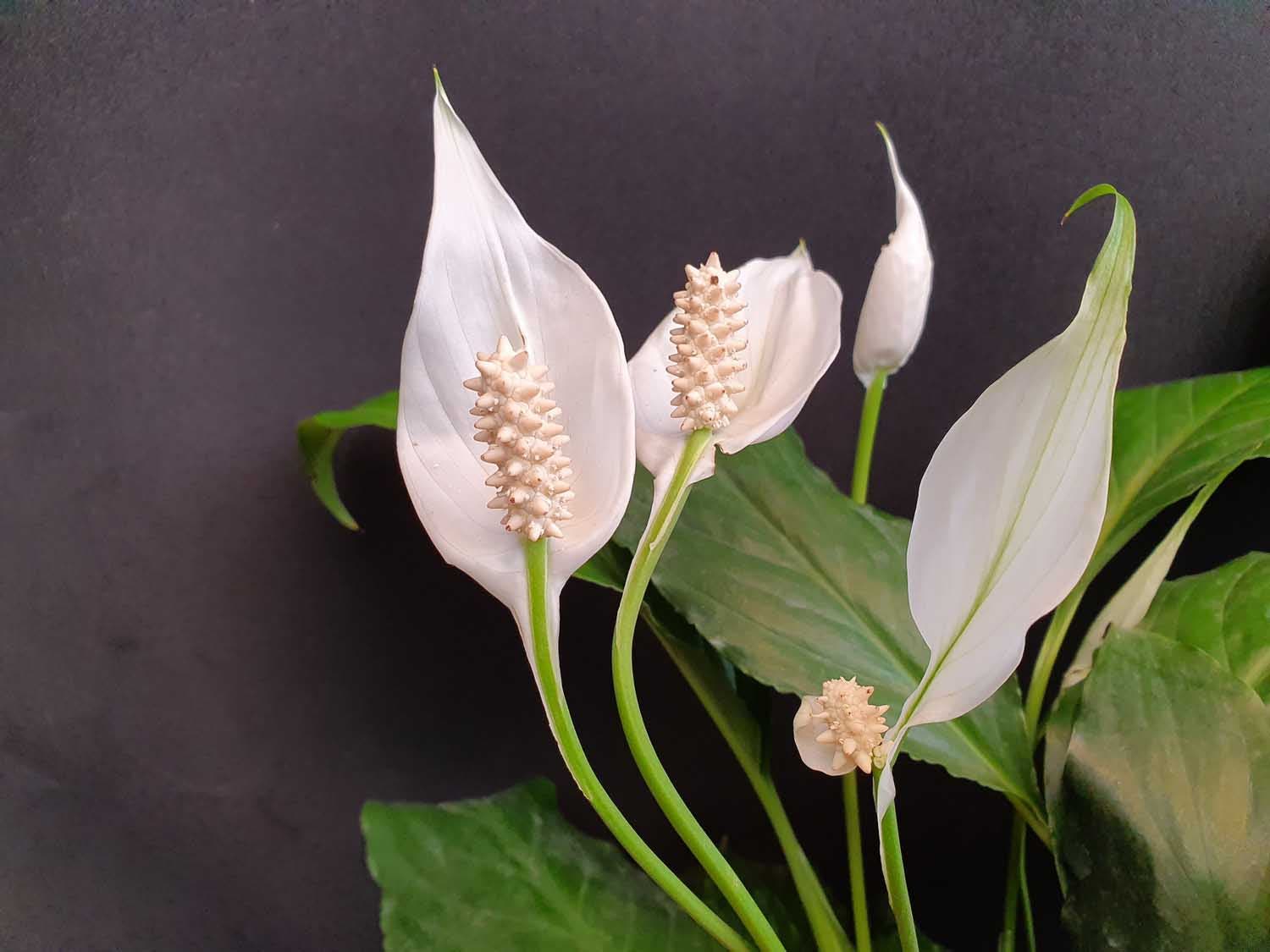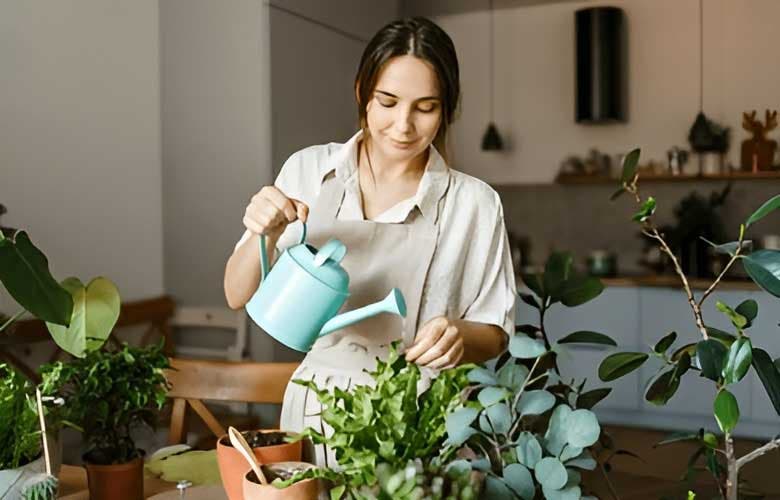Origin and characteristics of the Cradle of Moses (epiphyllum oxypetalum)

We can already guess that you are intrigued by this surprising and unusual name, right? In fact, she refers to her rather singular growth pattern which is quite similar to a baby in its crib. Although this plant is native to Central and South America, it is now cultivated around the world. And for good reason, its eye-catching appearance and ease of maintenance ended up seducing all houseplant enthusiasts, but also gardeners and landscapers.
Indeed, the Cradle of Moses (Epiphyllum oxypetalum) can thrive in a wide variety of soil types, resistant to both drought and rain. As a bonus, it’s simple to replicate. And that’s not all, this plant is even sacred in various cultures, especially Indian. It even has a symbolism according to the Feng Shui philosophy: its flowering embodies beauty, purity, love and peace. All the more reason to welcome him home!
How to care for and make your Cradle of Moses bloom?

Widely enjoyed both outdoors and indoors, the Cradle of Moses is often grown in hanging baskets or pots. Its fantastic foliage and attractive white flowers offer a lush touch to any environment. How do you take care of your Cradle of Moses so that it gives you a spectacular bloom? Follow our advice.
Choose a bright space, but no direct exposure to the sun
This plant will live very happily if you place it in a place where there is plenty of light, but without receiving UV rays directly from the sun. Be careful: heavy exposure to the sun may burn its leaves. On the other hand, if you want to set up your Cradle of Moses in a dimly lit space, it will be able to survive, but it will be more difficult for it to flower.
Be careful with watering, don’t overdo it!
This plant likes to be watered twice a week. Above all, remember that the soil should remain moist, but never too wet. In spring and summer, you can water it up to three times a week, while in winter, you will need to reduce the frequency of watering. Also watch out for excess moisture that can harm your plant.
Be sure to enrich the potting soil
Wondering what is the ideal substrate to feed the Cradle of Moses? It’s not complicated: opt for a combination of prepared potting soil, peat moss (organic matter), bark and coarse-grained sand. This mixture is perfect for bringing a good degree of acidity to your soil and thus allowing good drainage to avoid waterlogging.
Choose a pot with a good water outlet
Make sure you have a well-draining pot with holes so that the water can drain properly. If possible, it would be best to bet on a wide and slightly deep plate. The good news is that you don’t need to change the pot frequently. You may be able to replace it once a year as it grows, or not at all.
Choose a warm place
As it is a plant of tropical origin, remember that it prefers to thrive in an environment where the temperature is between 15 and 25°C. In other words, if you live in an area with a cold or even very cold climate, it would be best to keep your Cradle of Moses inside the house, in a relatively warm space where the minimum temperature is around 15°C.
Fertilize your Cradle of Moses to boost its growth and flowering
Ideally, you should apply a good amount of fertilizer in early spring or summer, as this is when the plant needs maximum nutrients. But, don’t be too heavy-handed: too much fertilization could have the opposite effect and prevent flowering.
Constantly clean its leaves
This is a gesture that should not be neglected: regular cleaning of the leaves will help the Cradle of Moses to carry out its photosynthesis process correctly and, as a result, it will grow healthier and you will enjoy its beautiful bloom more.
Prune it so that its foliage is more vigorous
From time to time, don’t hesitate to prune your plant by removing the leavess that are yellowing or with brown tips. So use your hedge shears (well disinfected with alcohol!) to cut about 2 cm from the root.
Help them grow healthily and thrive
Note that the Cradle of Moses can live for many years if it grows in the right conditions. So, when it is healthy and flourishing, its leaves should be between 12 and 65 cm long and 3 cm wide. As long as you don’t neglect it, it will bloom abundantly between spring and summer. If you pamper it properly, its flowers can even last much longer than those of other plants.
Keep a close eye on its roots for possible transplantation
As we said above, you can change its pot only once a year. However, if you find that its roots are starting to become fibrous and its soil is compacting, then it’s time to transplant the plant. But act with great caution, because its roots are really delicate, so you should avoid damaging them. Another warning sign? Replace the pot if you see abnormal growth of small flowers or the tips of the leaves turn pale green.
You can reproduce your plant using rhizomes
The big advantage of this plant is that it is very easy to reproduce. The best way to reproduce a Cradle of Moses is to use rhizomes: these are stems that grow underground in the plant, developing their own roots. To identify them, remove the plant from its pot and carefully remove all the soil. This will allow you to clearly observe all its roots so that you can separate the rhizomes. A word of advice: it is best to perform this procedure with adult specimens and once they have finished flowering.
What are common problems and their solutions?
Is your Cradle of Moses not blooming?
Oh yes, we get it, it must be especially frustrating not to be able to enjoy its spectacular bloom. The problem stems from Probably a lack of sunlight. If you want to admire its beautiful white flowers, you must necessarily grow your plant under bright and indirect light, as already mentioned above, throughout the year.
Do the leaves reveal brown tips?
Ouch, it’s probably the dry air that’s to blame. Rest assured, you can solve this problem in no time at all: simply increase the humidity level by spraying the foliage daily with warm water or by using a humidifier with a cool mist. If you wish, you can even place your pot on a damp pebble tray to increase the humidity level in the area.
Does your cradle of Moses seem too cluttered?
If you feel that the plant is starting to suffocate in its pot, during the spring, switch to a larger container (only one size) to give it a little more space to grow more serenely. Remember to use a pot with drainage holes to prevent the soil from getting soggy, otherwise it may lead to root rot.
Where to buy a Cradle of Moses?
This plant is usually sold in garden centers and at some florists as early as spring and throughout the summer.
When did the Cradle of Moses bloom?
Beautifully ornamental, if this plant is so popular, it is surely for the aesthetics of its fragrant white flowers that look very similar to the Calla Lilies. And, precisely, to fully enjoy this visual spectacle, you should know that the Cradle of Moses blooms from March to September.
However, with proper care, it is possible to enjoy them all year round by keeping these beautiful flowers healthy.





